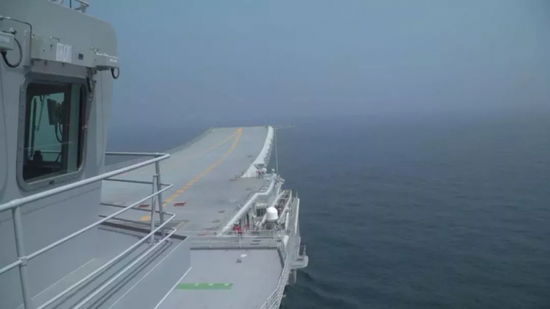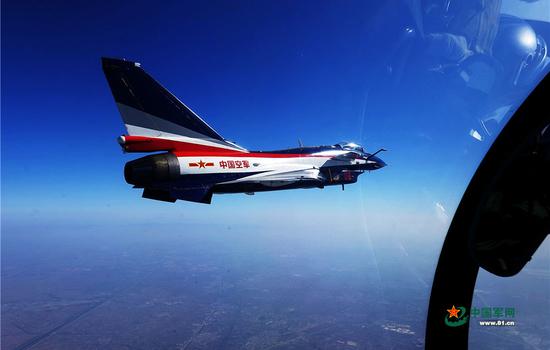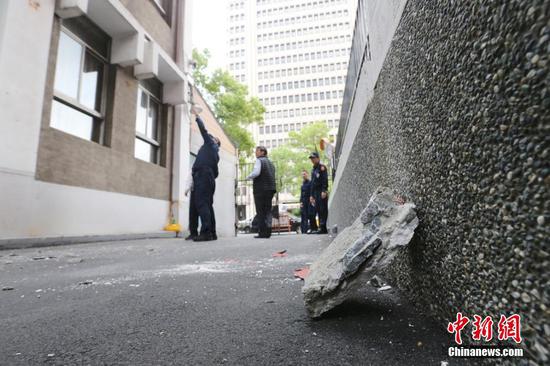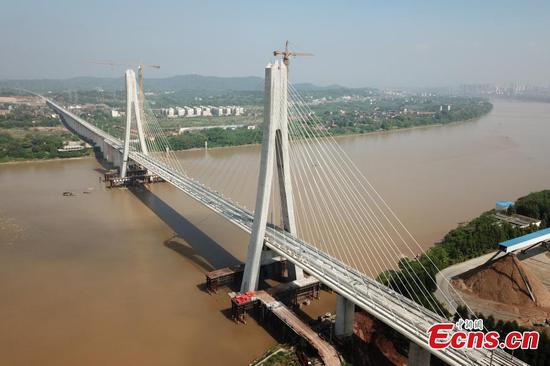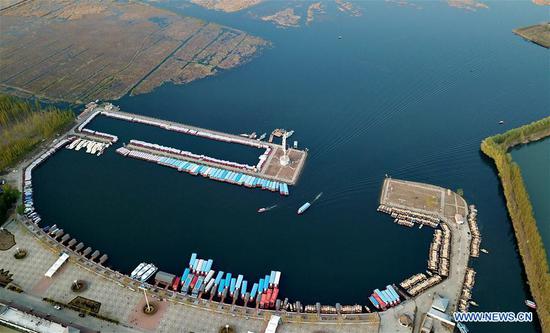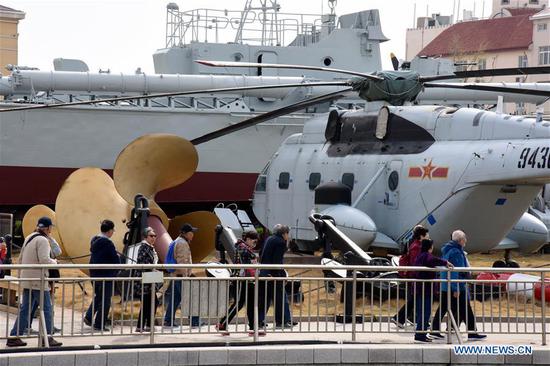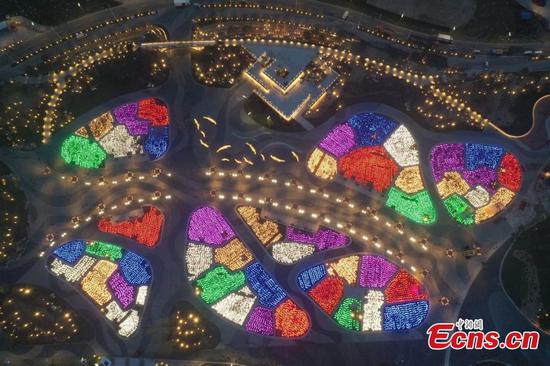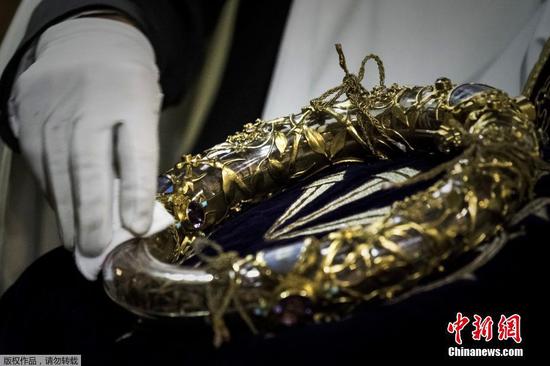On the occasion of the 70th anniversary of the founding of China's navy, ships from all over the world will participate in the naval parade in Qingdao, hosted by China's People's Liberation Army (PLA) Navy.
Russia will also send two of its naval ships to take part in the joint maneuvers with the PLA Navy.
The two Russian destroyers were seen entering Manila port for a drill with the Philippines Navy earlier this month, just days before they arrive in the Chinese port of Qingdao on the Shandong Peninsula for the naval exercises.
It was another show of the might of Russia's resurgent navy.
Rising from the ashes of USSR

Russian naval ship Admiral Vinogradov enters the port of Manila, the Philippines, April 8, 2019. /Reuters Photo
Just years ago, because of a crippling state of its vessels and lack of funding, the Russian Navy was confined only to areas near its territorial waters.
In 2012, a decision was made to spend over 770 billion U.S. dollars on the massive military rearmament program. Since then, a good portion of that money has poured into the upgrading of the Russian Navy.
The aim is to protect and deter any possible threats coming from abroad, particularly from its Soviet-era rival, the U.S., which boasts of having the world's largest navy.
As Davor Domazet, retired Admiral of Croatian Navy told CGTN, Russia had to be creative [as] with limited funds they have to balance U.S.'s superior maritime power.
"They cannot build aircraft carriers as a symmetric response to the U.S. Navy. So, they've chosen an asymmetric response, to develop a system that can destroy U.S. aircraft carrier strike group anywhere. And that did happen." Admiral Domazet said.










